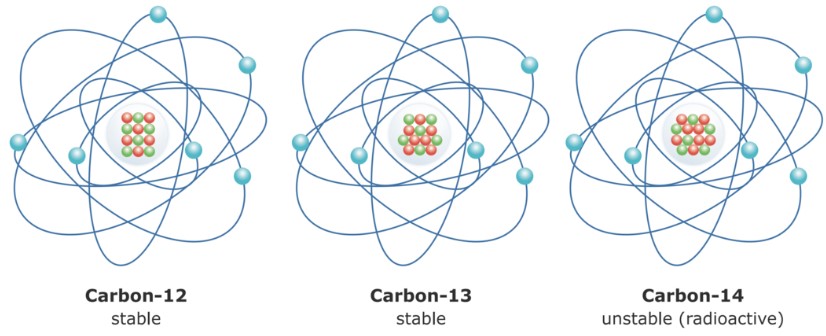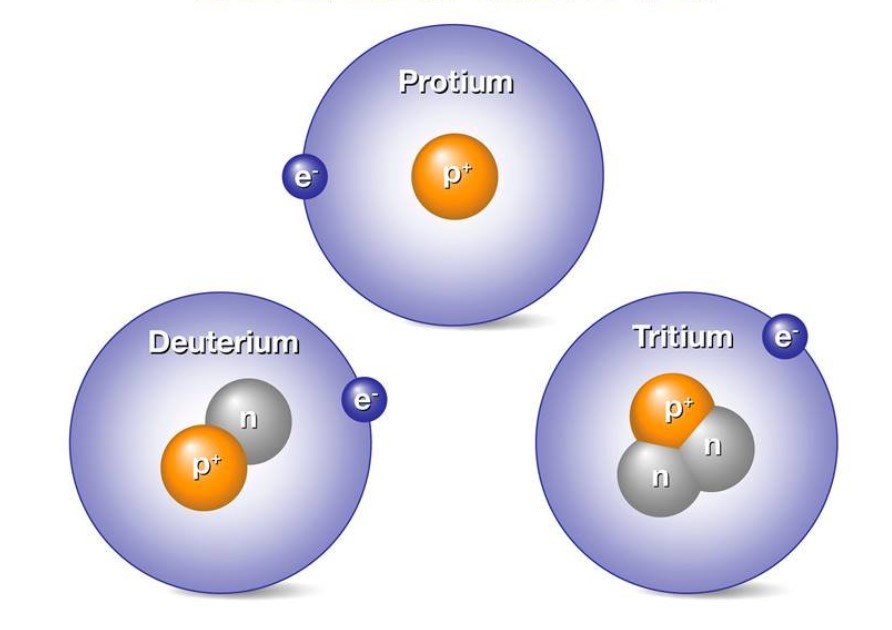Gate Geology and Geophysics 2024 Question paper with solution
Question: 11 The Earth’s magnetic field originates from convection in which one of the following layers? Detailed Answer: The Earth’s magnetic field is primarily generated by the movement of molten iron and nickel in the outer core, through a process called the geodynamo. Let’s break down the layers and their roles: Question:12 Which one of […]
Gate Geology and Geophysics 2024 Question paper with solution Read More »







